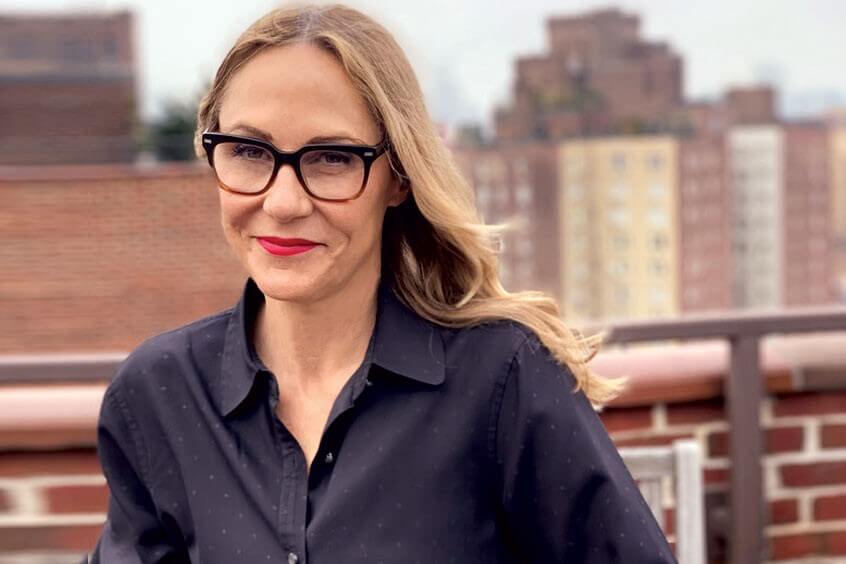By not letting an aircraft fly empty, XO says it is making private travel more affordable and greener. Lynn Fischer explains how it is alleviating its climate impact with seat sales on shared flights.
Having recently expanded its most popular membership route between New York and south Florida, XO is now providing up to four flights daily, seven days a week, from conveniently located private terminals in both regions.
“XO’s book-by-the-seat approach means that not only are seats on sale at as little as one tenth of the cost of a full charter but there are also significant sustainability advantages,” says chief marketing officer Lynn Fischer. “While, on average, fewer than three passengers travel on board a private aircraft, shared flights accommodate 10 or more passengers, increasing the efficiency of seating capacity by 230 per cent.”
Over this year, XO has seen an increase in the volume of shared flights due to a major shift in consumer travel preferences. The reason is two fold: low prices and hygiene. Shared flights are much cheaper than traditional on demand charter transactions and, along with an uptick in post-pandemic travel, the legacy of COVID means that flyers want to avoid touch points; private aviation offers an average of 20 touch points compared to around 700 on commercial flights.
As the New York to south Florida route becomes an integral part of XO’s offering, shared flights and crowdfunding options have generally been behind a major shift in growth.
“As we head into the new year, we look forward to sharing additional shared flight routes for members,” she continues. “We closely monitor demand signals to serve our private flyers better, whether they are interested in chartering an entire aircraft, booking a seat on an existing shared flight or initiating a flight between destinations of their choice.
“Recently, we have seen through our data that some of our top markets for crowdfunding shared flights include Aspen and Los Angeles, in addition to south Florida and New York.”
Other sustainable measures are enabled through the platform’s predictive analytics, in the optimisation of routes, fleet and crew to increase its overall utilisation and efficiencies.
“Other private aviation companies use a legacy model, in which the fleet has no choice but to return to the home base, creating mass inefficiencies and increasing empty repositioning flights,” Fischer says. “With our group’s floating fleet model, we cut this percentage in half, increasing our efficiencies so as to be as sustainable as possible.
“And we offer our flyers the ability to offset the carbon emissions of flight activity by purchasing certified carbon credit through our partnership with South Pole. When consumers book their flights through our XO mobile app, they have the option to purchase certified carbon credits to offset their carbon emissions, with 100 per cent of contributions going towards climate action projects around the world.”
Source: Business air News


